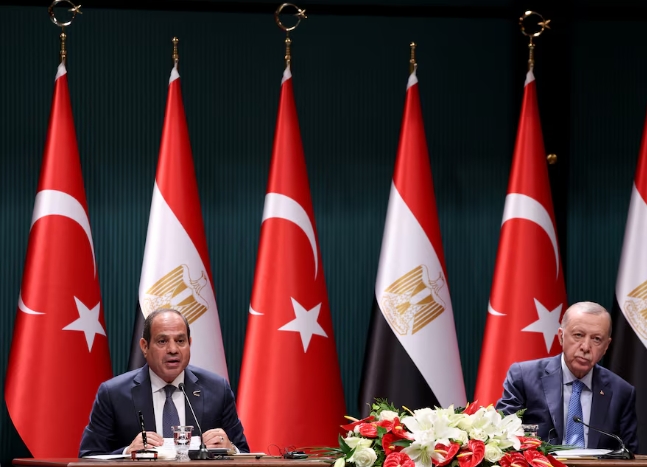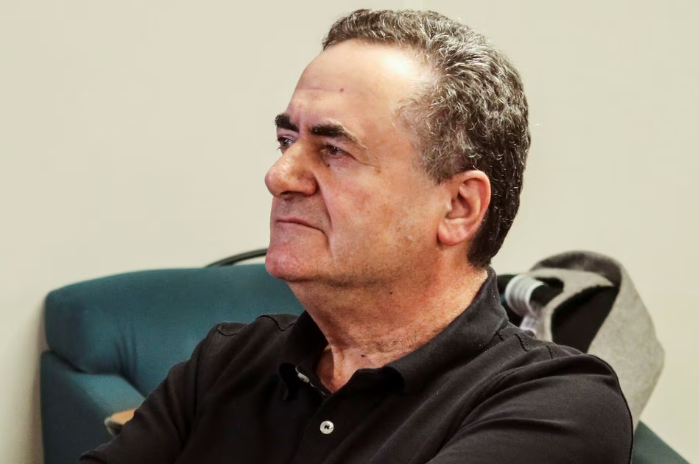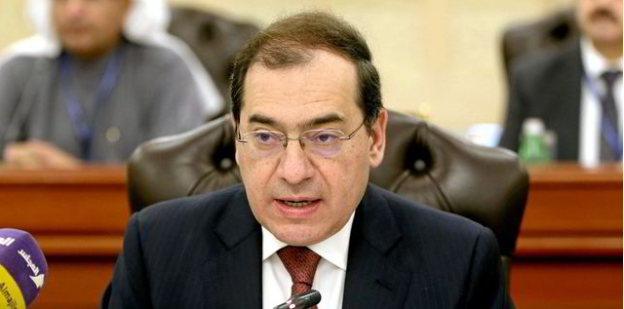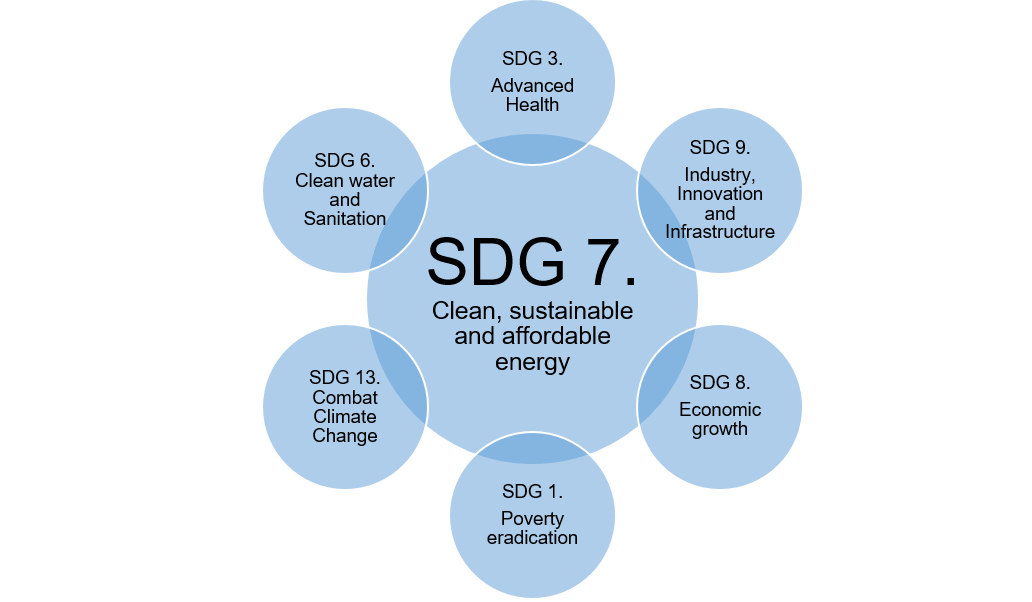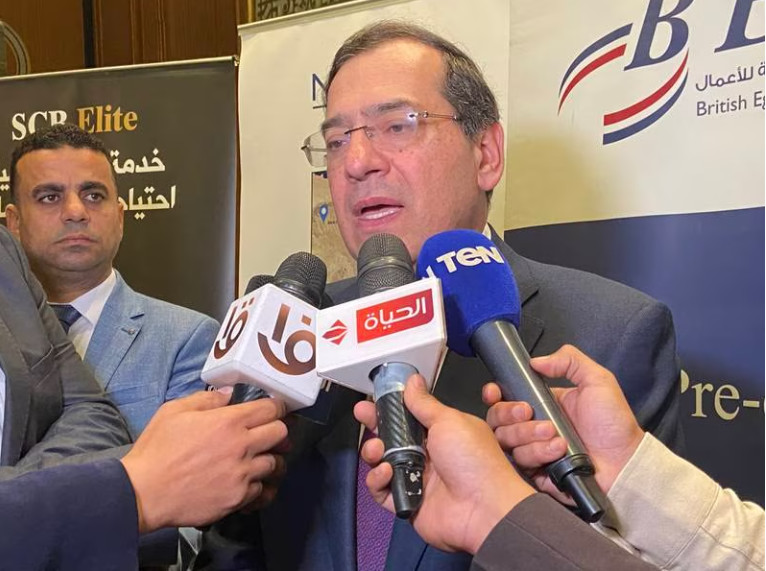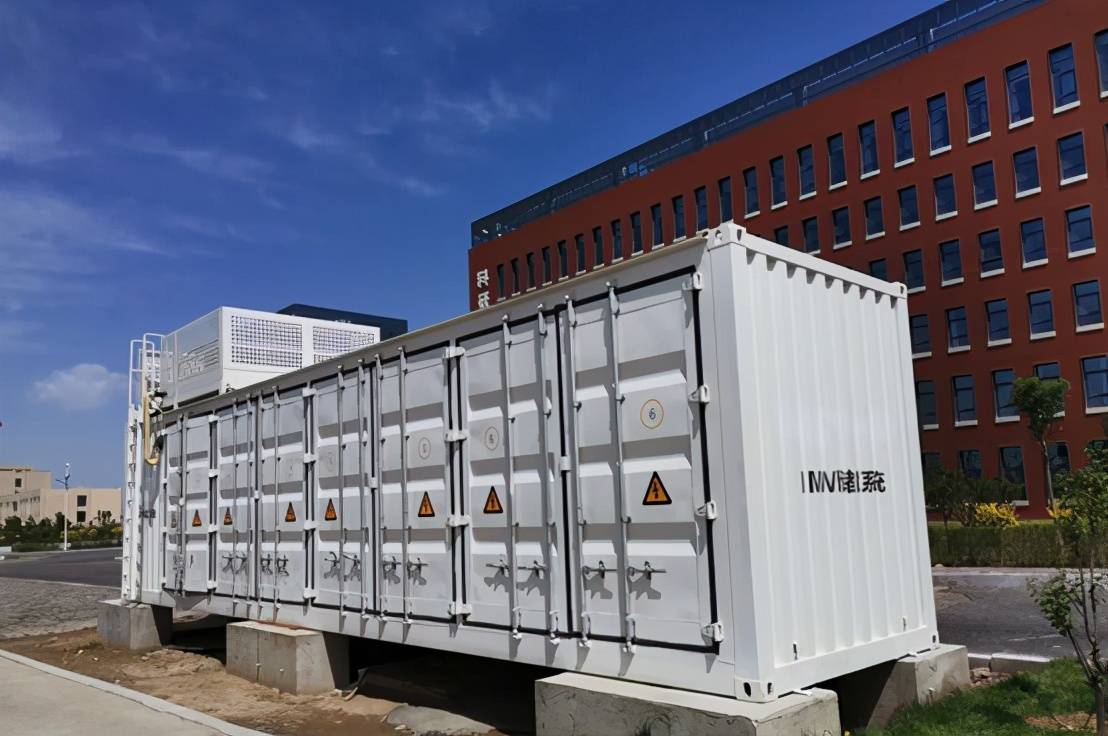
Redflow Limited (ASX: RFX), a global leader in clean energy storage, announced today (June 1) that its safe, scalable, and sustainable flow batteries have been funded and approved by the California Energy Commission (CEC) for a large-scale solar and storage project, which will provide power for the Paskenta Band of Nomlaki Indians.
The 20 MWh system will be one of the largest zinc-based battery projects in the world and will represent Redflow's largest single sale and deployment of batteries globally to date.
With this new 20 MWh project, Redflow joins a small number of commercially proven non-lithium storage providers that the CEC is funding, as it looks to compile a robust portfolio of long-duration energy storage projects. The projects represent a key step to help address an estimated 45-55 GW of long-duration energy storage required in California by 2045 to support grid reliability and the state's clean energy transition targets.
The project will be funded by the CEC's US$140 million long-duration energy storage grant program focused on enabling commercially proven non-lithium energy storage technologies to scale. This follows the 2 MWh system in California that Redflow installed for Anaergia in 2022 that has been successfully operating for more than a year.
"This 20 MWh project is one of several large-scale opportunities in our pipeline, and represents the next phase of our growth strategy, validating our focus on large-scale systems in the U.S. and Australia," said Redflow Chief Executive Officer and Managing Director Tim Harris. "The market for long-duration energy storage is accelerating. CEC approval firmly establishes our presence in California, which is leading the development and support of non-lithium technologies to achieve its net-zero goals. This project is a great example of U.S.-Australian collaboration in renewable energy and supports the aims of the recent Climate, Critical Minerals and Clean Energy Transformation Compact, which cites clean energy as the third pillar of the alliance."
"For this project, Redflow's battery system is designed to charge from solar and discharge throughout the remainder of the day, reducing grid demand and boosting the energy security of the Paskenta Rancheria," added Harris. "We're proud to be working with our partners in California to deliver our proven zinc-bromine flow battery technology and meet California's need for longer-duration, scalable, zero-fire-risk energy storage solutions."
CEC-funded long-duration energy storage projects have often been deployed to benefit underserved communities while helping the state address grid stability and resiliency in extreme weather conditions.
This solar and storage microgrid will enable the Paskenta Tribe to power operations of the Paskenta Rancheria using a sustainable, resilient renewable energy solution. The project is part of the Tribe's efforts to achieve greater energy sovereignty through control over their own energy resources, reduce fossil fuel consumption, and assert responsible land stewardship. Faraday Microgrids, a California developer and contractor that has deployed a number of CEC grant-funded microgrid projects, is the grant recipient and project lead.
Redflow will supply 2,000 ZBM3 batteries in its 200 kWh modular energy pods, for delivery in 2023 and 2024. Redflow's zinc-bromine flow technology is capable of providing up to 12 hours of flexible energy capacity for both commercial and utility-scale energy storage applications. The project will further build on Redflow's portfolio of 250 active deployments and over 3 GWh of energy delivered.
"The Faraday team is delighted to be working with Redflow on this important project. The resiliency, operational performance, and safety of Redflow's zinc-bromine flow battery technology will support the sustainability, reliability, and energy self-sufficiency goals of both the State of California and the Paskenta Band of Nomlaki Indians," said David Bliss, CEO of Faraday Microgrids. "Redflow's strength of team, innovative approach to flow technology, and a strong track record of successful deployments is a welcome addition to our microgrid portfolio."
"This project is an important step in California's clean energy transition," said Jonah Steinbuck, Director of the Energy Research and Development Division at the California Energy Commission. "It reflects the CEC's goal to commercialize proven long-duration energy storage solutions and support the energy sovereignty of tribal nations such as the Paskenta Band of Nomlaki Indians. With emerging energy storage technologies such as those developed and deployed by Redflow and Faraday, we will be better positioned to expand and diversify California's energy storage portfolio, reduce reliance on fossil fuels, and enhance the reliability and resilience of our grid."
The overall project and budget allocated to Redflow has been formally approved by the California Energy Commission. Faraday Microgrids has signed a definitive supply agreement with Redflow covering battery supply and technical support for the project. Faraday Microgrids expects project agreements to be formalized and a notice to commence issued to Redflow in July 2023.
For further information contact:
Corporate
Tim Harris
+61 7 3376 0008
tim.harris@redflow.com
Investors
Ronn Bechler
+61 400 009 774
ronn.bechler@automicgroup.com.au
Media
US
Shannon Murphy
+1 603 505 5606
shannon@trevicomm.com
AUS
Maree Mills
+61 401 233 138
maree.mills@redflow.com
About Redflow
Redflow, a publicly listed Australian company (ASX: RFX) with offices in Australia and the US, designs and manufactures long-duration zinc-bromine flow batteries for stationary commercial, industrial, and utility applications. Redflow batteries are modular, scalable, fire-safe, and capable of 100% depth of discharge. They can also operate in a wide range of environments without supplemental heating or cooling and offer an extended life with minimal degradation over time. The company's smart, self-protecting storage technology offers unique advantages, including a hibernation feature, secure remote management, a simple recycling path, and sustained energy delivery throughout its operating life. Redflow's energy storage solutions have been in use for more than a decade at more than 250 sites in over 9 countries.
